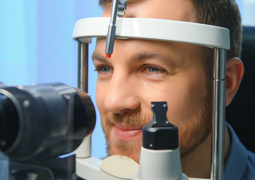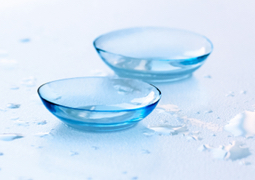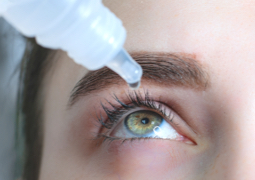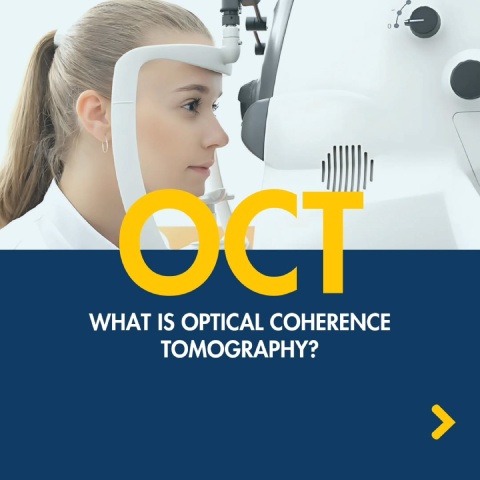The beginning of summer also marks the start of allergy season for many. When the congestion and stuffy nose from a sinus infection hits, you may notice your eyes becoming redder and irritated.
Pink eye and sinusitis are 2 different conditions, but they share a connection. In certain cases, a sinus infection can lead to pink eye; however, most cases occur independently, with no connection to sinus problems.
Stay proactive about your health and seek professional care once irritation and discomfort occur.
A Closer Look at Sinus Infections
A sinus infection, or sinusitis, occurs when the tissue lining your sinuses becomes inflamed. Sinuses are air-filled spaces in your facial bones that play a role in humidifying air, filtering bacteria, and improving voice resonance.
Common culprits of sinus infections include:
- Viruses (the most common cause, especially following a cold)
- Bacterial infections
- Allergic reactions (e.g., seasonal allergies or hay fever)
Sinus infections are very common, and the pressure and inflammation they cause can spread to other areas, including the eyes.
Defining Pink Eye
A characteristic symptom of conjunctivitis (pink eye) is the reddish hue our eyes take. Many people use pink eye as an umbrella term when the eyes appear pink, watery, or irritated, but it’s a distinct condition with its own causes, symptoms, and treatment.
Conjunctivitis refers to inflammation or infection of the conjunctiva, the thin membrane that lines your eyelids and covers the white part of your eyes.
This condition can result from different causes, such as:
- Viruses
- Bacteria (e.g., Staphylococcus or Streptococcus)
- Allergens (e.g., pollen or pet dander)
- Irritants, such as chlorine or smoke
Apart from redness, part of what can make pink eye concerning is that certain strains (viral and bacterial) are highly infectious. While certain symptoms only develop from certain types of pink eye, common signs can include:
- Redness in 1 or both eyes
- Watery eyes
- Itchy or gritty sensation
- Swollen eyelids
- Crustiness on eyelashes, especially upon waking
An accurate diagnosis is a must for proper treatment. Mistaking pink eye for something else, like dry eyes, can delay treatment, and thus become worse and more uncomfortable.
The Link Between Sinus Infections & Pink Eye
A sinus infection from certain bacteria or viruses can lead to secondary infections or spread inflammation to nearby areas, including the eyes. But this isn’t inevitable. Most cases of conjunctivitis occur independently, without any connection to sinus problems.
Nonetheless, here is how sinusitis can lead to pink eye:
Proximity
The sinuses and eyes are close to each other. Any inflammation or infection in the sinuses can trickle into the conjunctiva. For example, bacteria causing sinusitis may migrate to the eyes through interconnected passages.
Immune Response
When your body fights a sinus infection, inflammation can affect nearby tissue, including your eyes, making them red, swollen, or irritated.
Shared Viruses
If you have a viral sinus infection, that same virus can also infect the conjunctiva, leading to pink eye.
Allergic Reactions
Allergies triggering a sinus infection can also cause allergic conjunctivitis. This is an inflammatory (non-infectious) form of pink eye characterized by itching and redness.
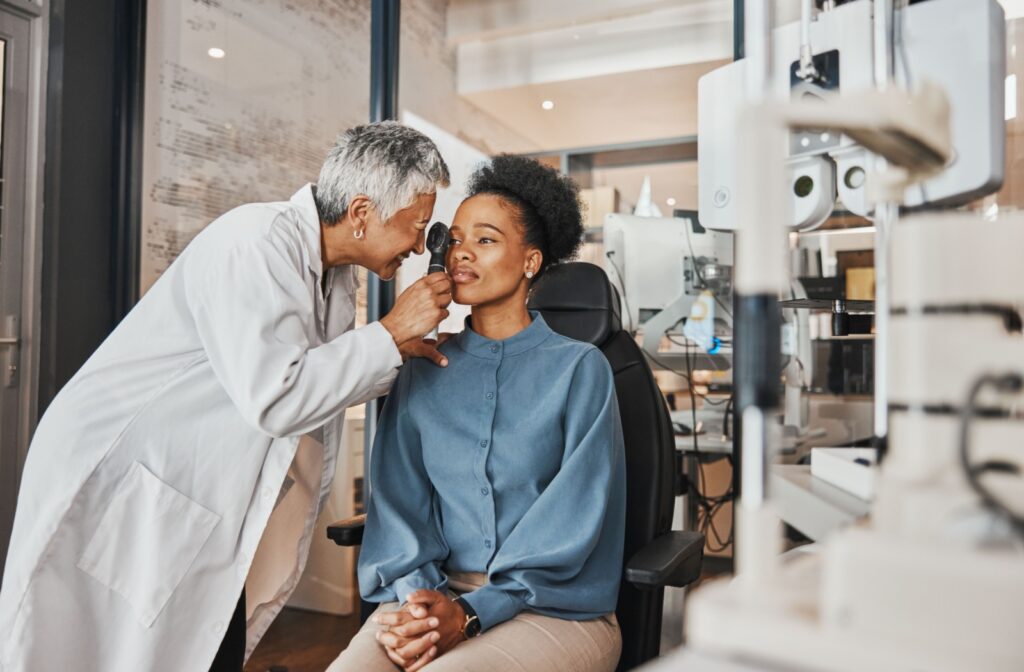
Treating Pink Eye
No matter if you have pink eye or sinusitis, when you feel sick, the only goal you have in mind is getting better. With pink eye, the underlying cause determines the right course of treatment.
Visiting your optometrist for an accurate diagnosis is key, but in the meantime, here’s what you can do to promote a fast recovery:
Viral Conjunctivitis
If you suspect viral pink eye, look for signs like watery discharge, mild redness, and the infection starting in 1 eye and then moving to the other.
Viral pink eye usually resolves on its own within 1–2 weeks. But you can ease symptoms by using artificial tears, applying a cold compress, and avoiding contact lens use (to prevent further irritation and keep the virus from spreading.
In the meantime, wash your hands frequently and avoid sharing towels to prevent the infection from spreading to others.
Bacterial Conjunctivitis
Bacterial conjunctivitis is also highly contagious, but luckily, antibiotic eye drops or ointments from your optometrist can help clear the infection.
Artificial tears and cold compress masks can also help ease your symptoms, which in this case might include thick green or yellow discharge or crusting around the eyes.
Just like with viral pink eye, avoid sharing personal items and switch to glasses instead of contacts to prevent the infection from spreading.
Allergic Conjunctivitis
Although allergic pink eye is still irritating, the good news is that allergies are not contagious. What separates this strain from others is intense itching and watery discharge.
Use antihistamine or anti-inflammatory eye drops to reduce allergic reactions, along with artificial tears and a cool compress to soothe irritation.
When to See a Doctor
If your symptoms don’t improve after a few days of at-home care, or if you experience pain, significant vision changes, or sensitivity to light, visit your optometrist immediately.
Preventing Pink Eye During a Sinus Infection
While it’s impossible to fully eliminate the risk of pink eye during a sinus infection, these tips may help:
- Keep your hands clean and avoid touching your face.
- Use disposable tissues instead of your hands when blowing your nose.
- Stay hydrated and use a humidifier to keep nasal passages moist.
- Manage allergies with antihistamines or decongestants to reduce nasal inflammation.
Find Relief in an Accurate Diagnosis
If you suspect you have pink eye, whether or not it’s related to a sinus infection, an accurate diagnosis can rule out other issues and facilitate quick relief.
Supporting your vision and eye health involves much more than updating your glasses prescription. Managing eye concerns early, before they progress, is also part of the equation. The road to recovery begins with quality care, and Calgary Family Eye Doctors are here to help. Book an appointment and keep eye irritation at bay.




